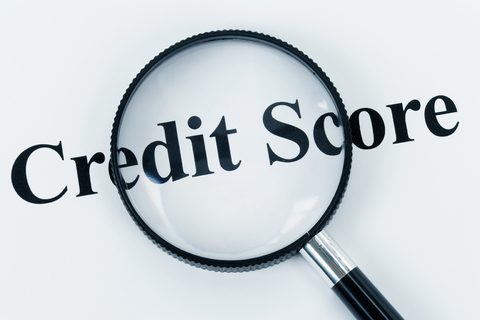Credit scores are the number one factor in obtaining a loan. “FICO” is an acronym for “Fair, Isaac, and Company.” According to www.myfico.com, base FICO scores range from 300-850, and industry-specific FICO® Scores range from 250-900. Your FICO® Scores are calculated using the information in your credit reports.
These reports contain the information that each credit bureau has on file about you. This sample credit report shows a few examples of the types of information that the credit bureaus collect, such as your credit accounts, how many times lenders have requested information about your credit (Inquiries), and how many times lenders have turned your account over to a collection agency (Collections).
Thirty-five percent of your credit score is your payment history. Consistently being late on your credit card payments will hurt your credit score. Pay your credit card bills on time to preserve your credit score. Completely ignoring your credit cards bills is much worse than paying late. Each month you miss a credit card payment, you’re one month closer to having the account charged off. Loan defaults are similar to credit card charge-offs. A default shows that you have not fulfilled your end of the loan contract.
The second most important part of your credit score is level of debt, measured by credit utilization. Having high credit card balances (relative to your credit limit) increases your credit utilization and decreases your credit score. Maxed out and over-the-limit credit card balances make your credit utilization 100%. This is least ideal for your credit score.
Before you officially apply for a loan, your financial services professional will be happy to look over your history and guide you toward a situation that makes the most sense and will help you achieve your goal.

